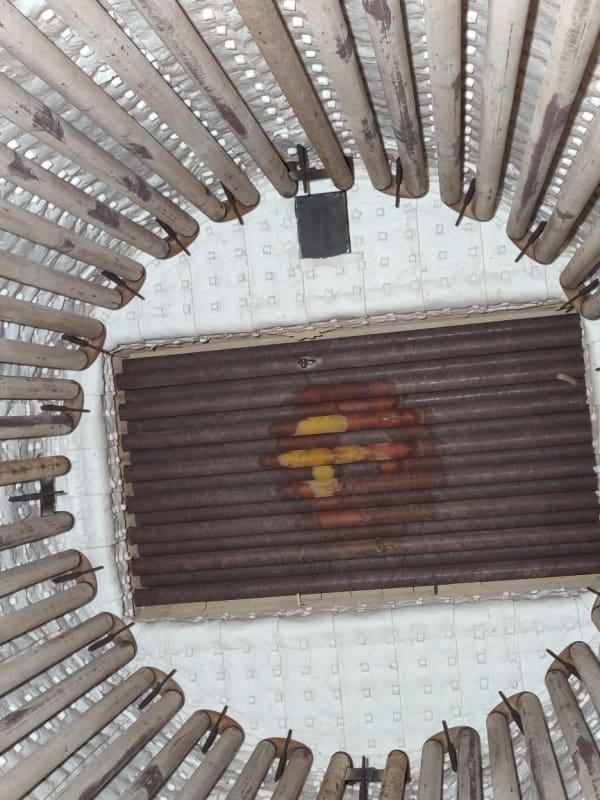Stefan2211
Chemical
Dear All,
We have a 16 MW vertical API heater operated with 4 upwards firing Zeeco gas burners (natural draft). Our plant is in Indonesia near the seaside and we are facing corrosion problems due to the saline environment. The stack has a diameter of 1.7 m and rain water enters the stack in case the furnace is stopped. That caused already visible corrosion in the convection heater (Can be seen from inside the furnace as rusty round shade on the convection tubes).
I am planning to prevent rain water entering the stack by installing a chimney cap on top of the stack. The open side cross-sections of the cap will have the same area as the cross section of the stack so there should be no flow restriction for the flue gases.
Any objections or comments to install such rain cap on a natural draft heater?
Thanks
Stefan
We have a 16 MW vertical API heater operated with 4 upwards firing Zeeco gas burners (natural draft). Our plant is in Indonesia near the seaside and we are facing corrosion problems due to the saline environment. The stack has a diameter of 1.7 m and rain water enters the stack in case the furnace is stopped. That caused already visible corrosion in the convection heater (Can be seen from inside the furnace as rusty round shade on the convection tubes).
I am planning to prevent rain water entering the stack by installing a chimney cap on top of the stack. The open side cross-sections of the cap will have the same area as the cross section of the stack so there should be no flow restriction for the flue gases.
Any objections or comments to install such rain cap on a natural draft heater?
Thanks
Stefan



